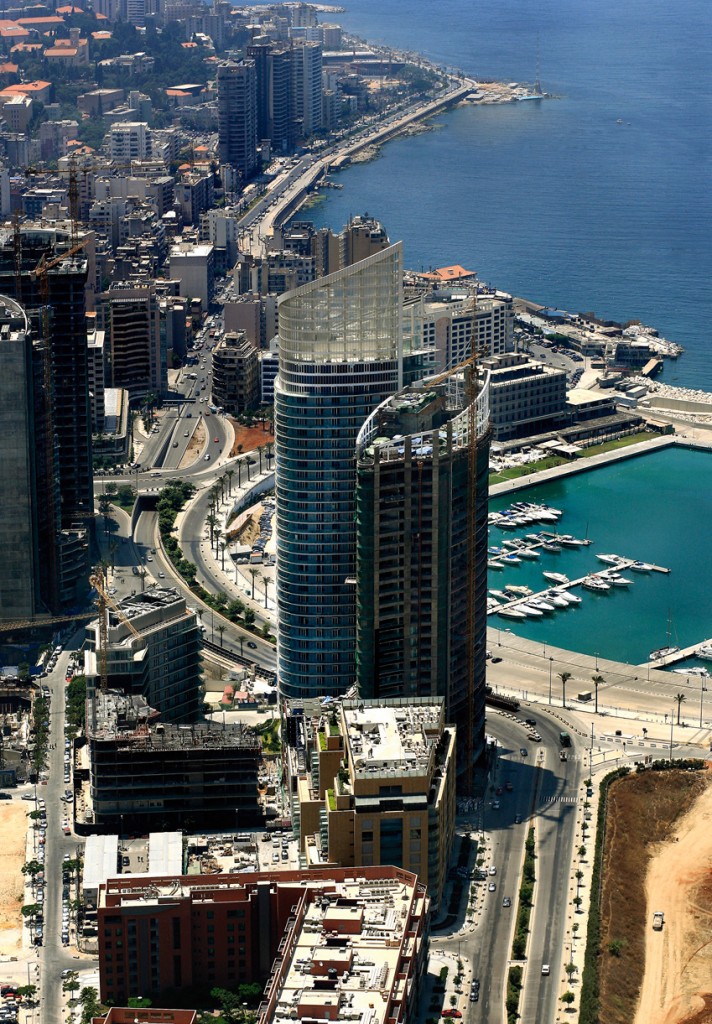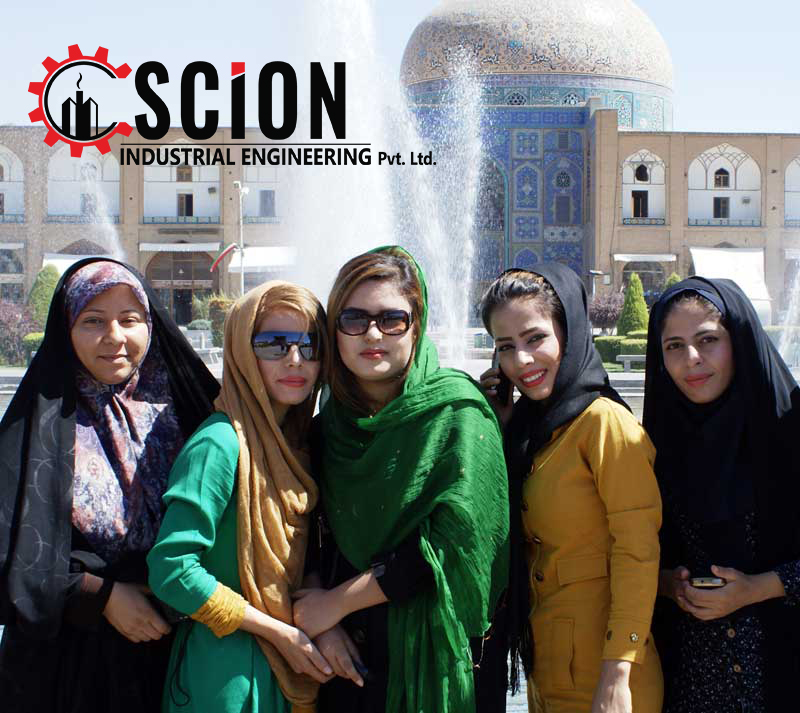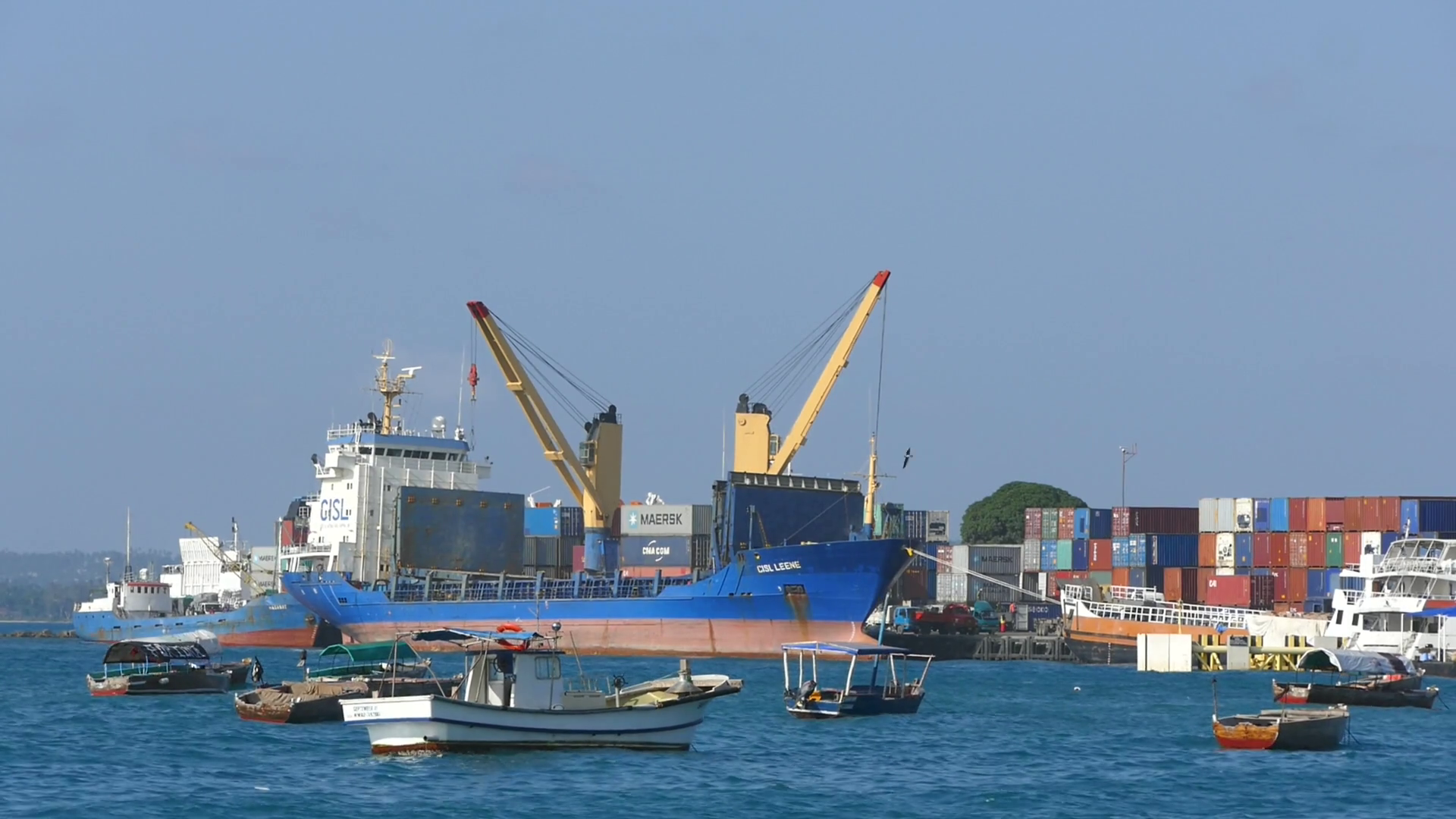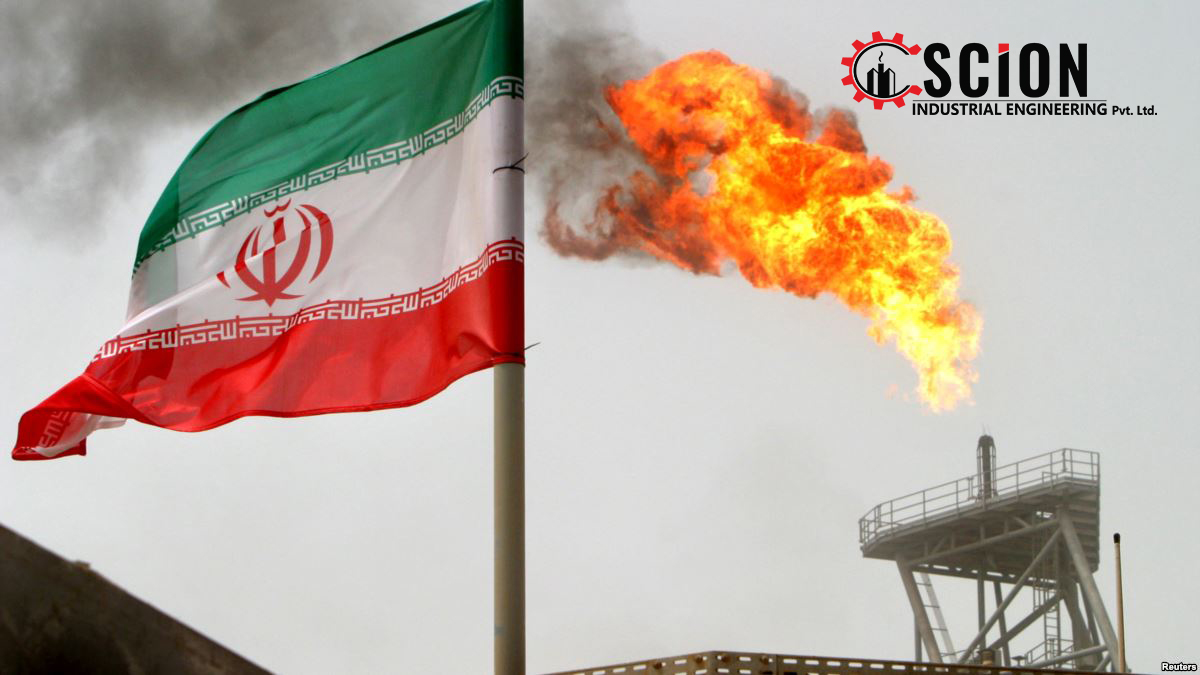Salaries for the majority of professionals working in the Gulf region were unaffected or positively impacted over the past 12 months, according to recruitment major Hays.
Its 2021 Salary & Employment Report delivered largely positive data for last year despite it being a year of “unprecedented change and challenges for the global jobs market” amid the coronavirus pandemic.
The report, which was compiled from a survey of more than 3,500 employers and employees from across the region, found that while 18 percent of salaries decreased in 2020 compared to 2019, 34 percent increased and 48 percent remained the same.
“As ever, when it comes to salaries, it has been a mixed picture for professionals in the region. With the outbreak of Covid-19 and associated movement restrictions enforced on all in our personal lives, it may be easy to assume that we were all similarly impacted in our professional lives but, as our survey shows, this is just not the case,” said Chris Greaves, managing director of Hays Gulf region.
The report found that of all the different job functions, IT and tech professionals experienced the greatest number of pay increases in 2020 (38 percent), while the lowest number of salary increases were paid to those in office support and administration roles (26 percent).
“Demand and salaries for tech professionals have been relatively high as, despite the challenges Covid-19 has brought to businesses this year, the need for automation is more crucial than ever in enabling organisations to remain competitive in their respective markets. Employers are willing to pay high salaries for the top tech talent to ensure they are setup as efficiently as possible for business going forward,” said Greaves.
He added: “In contrast, demand and salaries for office support and administrative roles have decreased as the pandemic forced the closure of many offices during lockdown and this, along with the shift to more home and remote working, has made many of these roles redundant.”
When comparing different industry sectors, telecoms, pharmaceuticals and life sciences, and banking and financial services were the three most robust industries in 2020, with only 6 percent of employees experiencing a pay cut.
In contrast, the four sectors which introduced salary reductions to the highest degree were aviation, hospitality and tourism, engineering, and property, with 34 percent of employees having their salaries reduced last year.
“It is of no surprise that these industries have been most negatively impacted by the Covid-19 pandemic. Lockdowns and threats of spreading the virus reduced tourism numbers overnight in March and there are still many barriers to travelling. Demand for oil and oil prices have therefore fallen and resulted in some significant cutbacks on fiscal and monetary policies of governments whose economies are somewhat reliant on the oil and gas industry – namely those in the Gulf. This has then seen many construction projects in the region go on hold or be cancelled altogether,” said Greaves.
Looking ahead
According to Hays, salary expectations for 2021 are optimistic with nearly half of employers (47 percent) planning to increase pay rates in the next 12 months. Similarly, 47 percent of employees expect their salary to increase in 2021, most commonly by 5-10 percent.
From our own experiences in the market, business activity really picked up across all sectors towards the end of 2020 and we believe this momentum will continue over the coming months, giving rise to a larger proportion of the working population receiving salary increases in 2021 compared to 2020,” noted Greaves.
He added: “Employers will undoubtedly be more cautious with spend on hiring and remuneration of staff than they were pre-pandemic but we believe that the worst impacts of the pandemic are behind us and organisations will only add to their headcount and reward staff going forward rather than freezing pay or making further redundancies.”
Source:https://www.arabianbusiness.com/jobs/456853-how-the-coronavirus-pandemic-impacted-salaries-in-the-gulf-in-2020








